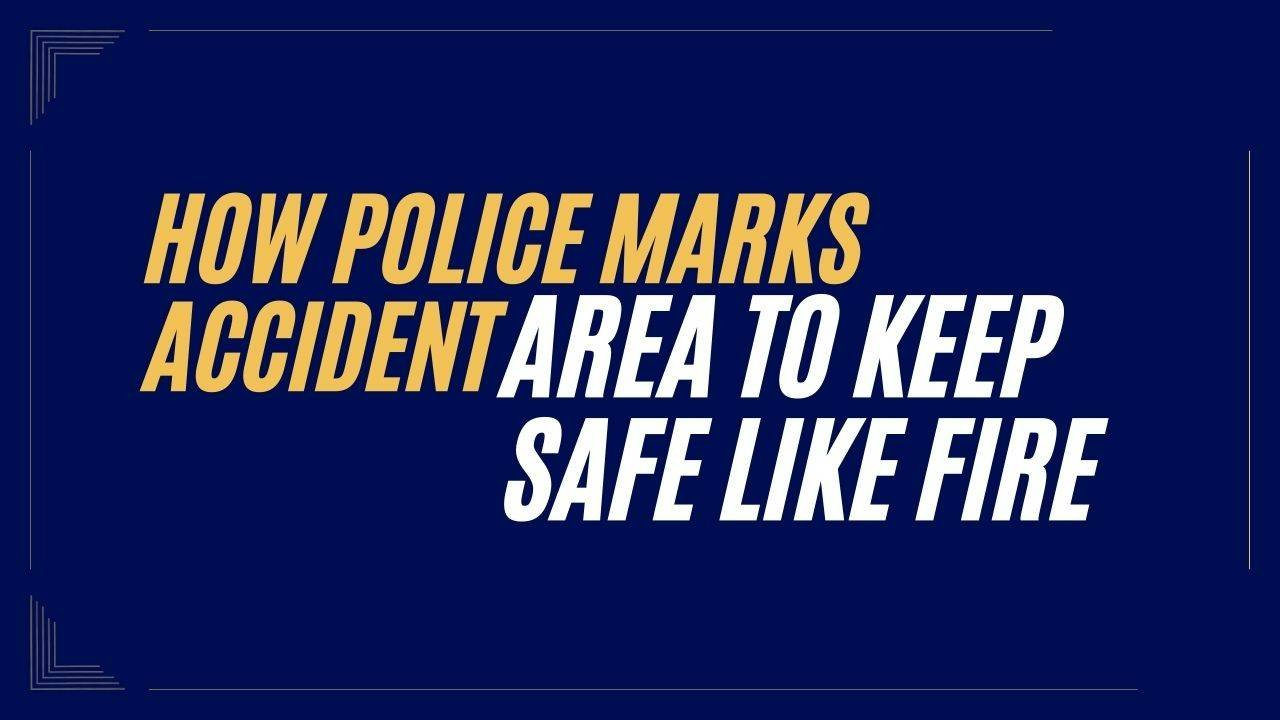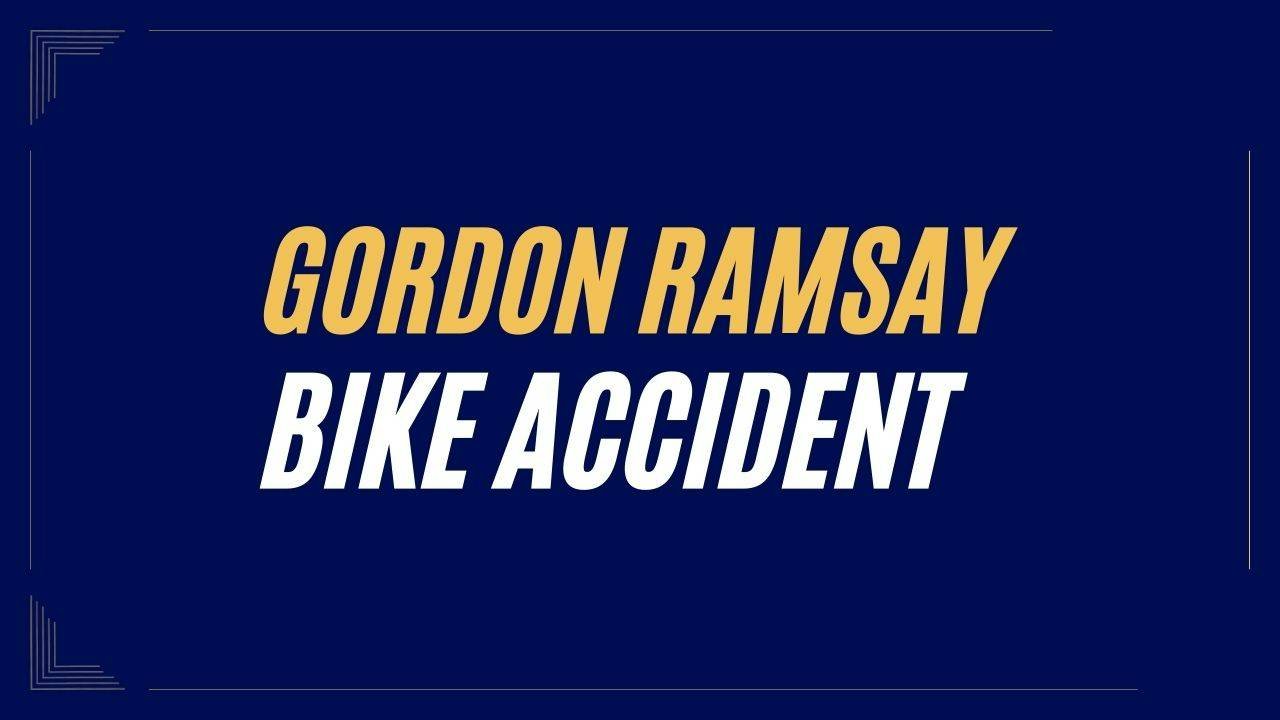Introduction to Police Safety Measures at Accident Scenes
When an accident occurs, the police are usually among the first responders at the scene. Their priority is to ensure that the accident area is safe for everyone around. But it’s not just about putting out flares or cones; it’s a well-orchestrated system. Police officers follow a set of protocols designed to manage traffic, protect bystanders, and preserve the scene for further investigation. This process often resembles how firefighters manage a fire scene, with clear boundaries and safety precautions.
Importance of Marking Accident Areas
Ensuring Public Safety
The primary reason for marking accident areas is to protect the public. Accidents can cause dangerous situations, especially on busy roads. By creating a secure perimeter, police officers can prevent further accidents and ensure the safety of everyone nearby.
Preserving Evidence for Investigation
Another critical reason for marking accident areas is to preserve evidence. When accidents happen, even small things like broken glass or tire marks can provide essential clues for investigators. Marking the scene helps maintain the integrity of the evidence, ensuring that it remains untouched until investigators can analyze it.
Tools Used by Police to Mark Accident Areas
Traffic Cones
Traffic cones are probably the most recognizable tool used by the police to mark accident scenes. They are easy to spot from a distance and quickly create a visible barrier around the accident area.
Warning Signs and Tape
Police often use warning signs and caution tape to cordon off dangerous areas. These are typically placed around the perimeter to inform passersby and other drivers that there’s a hazard ahead, much like how a fire scene is cordoned off.
Reflective Vests and Flashlights
At night or in poor weather conditions, visibility becomes a concern. Police officers wear reflective vests and use flashlights to ensure they are easily visible, ensuring that both the officers and the public remain safe.
The Process of Securing an Accident Scene
Immediate Response: Clearing the Area
As soon as the police arrive, the first step is to clear the area of any immediate dangers. This could involve moving damaged vehicles off the road, redirecting traffic, or ensuring that no hazardous materials are leaking.
Creating a Safety Perimeter
Next, officers will establish a safety perimeter around the accident scene using cones, tape, and other tools. This perimeter helps keep bystanders at a safe distance and prevents vehicles from passing too close to the scene.
Alerting Other Drivers
Flashing lights, road signs, and sometimes even police officers themselves will be used to alert other drivers of the accident ahead. This helps prevent further accidents and directs traffic away from the hazardous area.
The Role of Fire and Emergency Services in Accident Marking
Collaboration Between Police and Firefighters
In more severe accidents, the police often work alongside fire departments. Firefighters, like the police, have their own methods for marking hazardous areas, especially if there’s a risk of fire or explosion.
Fire Trucks and Emergency Markings
Fire trucks are often used as barriers in large accidents. They are large and highly visible, providing a clear signal to other drivers to stay away from the accident scene.
How Police Handle Different Types of Accidents
Minor Road Accidents
For minor accidents, a few traffic cones and caution tape might be enough to mark the area. In these cases, the police focus on keeping traffic flowing while ensuring that the area remains safe for all involved.
Major Collisions or Pileups
In the case of a major accident or pileup, the marking process becomes more complex. Police may need to close entire sections of road to traffic and use flares, signs, and vehicles to create a larger safety perimeter.
Accidents Involving Hazardous Materials
When accidents involve hazardous materials, police must work closely with specialized teams. Marking the area becomes even more critical, as it helps prevent exposure to dangerous substances for both the public and the first responders.
Marking Techniques for Nighttime Accidents
Use of Reflective Equipment
Nighttime accidents require special attention. Reflective cones, vests, and tape help increase visibility, ensuring that the accident scene is clearly marked and easy to navigate.
Lighting the Area with Flares and Flashlights
In addition to reflective materials, police often use flares and high-powered flashlights to light up the accident area. This helps guide other drivers away from the scene and makes the officers more visible while they work.
Protecting Accident Evidence: Why Marking is Crucial
Preventing Tampering or Displacement of Evidence
Marking the accident scene ensures that critical evidence remains intact. In the chaos of an accident, it’s easy for important details to be accidentally tampered with or destroyed, which can complicate the investigation.
Documenting the Scene Accurately
Officers must also document the scene accurately before clearing it. This means taking photographs, measurements, and marking specific areas where crucial evidence, like skid marks or debris, is found.
Keeping Bystanders Safe at Accident Scenes
Importance of Barricading
Bystanders often want to get close to accident scenes out of curiosity, but this can be dangerous. By setting up barricades, police can keep them at a safe distance.
Educating the Public About Scene Safety
Educating the public about staying clear of accident scenes is essential. People need to understand that crossing marked lines can put them at risk or interfere with police work.
Similarities Between Police Accident Marking and Fire Safety
Creating Clear and Visible Boundaries
Just like firefighters cordon off a burning building, police create visible boundaries around accident scenes. These boundaries serve as a clear line between safety and danger.
Use of Bright Colors and Reflective Materials
Both police and firefighters rely on bright colors—usually orange or yellow—and reflective materials to make sure their markings stand out, especially in low-light conditions.
Challenges Faced by Police in Marking Accident Areas
Difficult Weather Conditions
Bad weather can make marking accident areas much more challenging. Rain, fog, and snow reduce visibility, making it harder for cones and tape to be seen. In such cases, additional lighting or flares may be necessary.
High Traffic and Crowded Areas
In busy, high-traffic areas, marking an accident scene becomes even more difficult. Police must carefully manage the flow of traffic while also ensuring that the accident area is secured.
Technology’s Role in Modern Accident Scene Marking
Digital Mapping and Drones
Technology is playing an increasingly important role in how police mark accident scenes. Drones can quickly map out large accident areas, providing real-time information to officers on the ground.
Traffic Management Apps for Real-Time Alerts
Apps that provide real-time traffic alerts can also help mark accident areas digitally, alerting drivers before they even approach the scene.
How the Public Can Assist at Accident Scenes

Avoiding Interference
One of the best ways the public can help is by staying clear of the accident area. Trying to get too close can make the situation more dangerous and slow down emergency responders.
Reporting Hazards to Authorities
If you notice anything unusual or hazardous at the scene, such as leaking fluids or downed power lines, report it to the authorities immediately. This can help prevent further accidents or injuries.
Conclusion: The Importance of Police Safety Measures in Accident Marking
Marking an accident area is one of the most crucial tasks the police perform during an emergency. From traffic cones and flares to high-tech drones, every tool and method they use is designed to keep the public safe, preserve evidence, and maintain order. Much like a fire scene, the precision and care taken in marking these areas are essential to preventing further harm and ensuring a smooth investigation.
FAQs
Why do police use cones and tape at accident scenes?
Police use cones and tape to create a visible boundary around the accident, keeping bystanders and other vehicles at a safe distance.
How can drivers stay safe when approaching an accident scene?
Drivers should slow down, follow police directions, and avoid distractions when approaching an accident scene to ensure their safety and that of others.
What should I do if I witness an accident?
If you witness an accident, call emergency services, provide any help if it’s safe to do so, and stay clear of the marked accident area to avoid interference.
Do police handle accident marking differently at night?
Yes, police use additional tools like flares, flashlights, and reflective gear to ensure accident scenes are properly marked and visible at night.
Can I help the police at an accident scene?
The best way to help the police is by staying out of the marked accident area and following any instructions they give.




